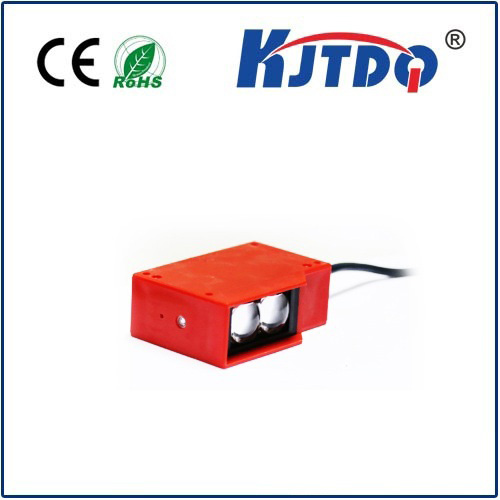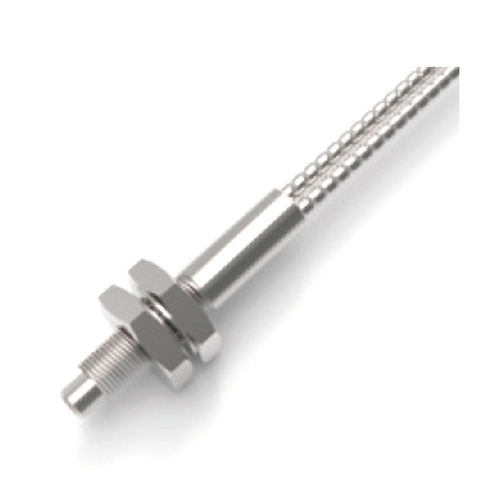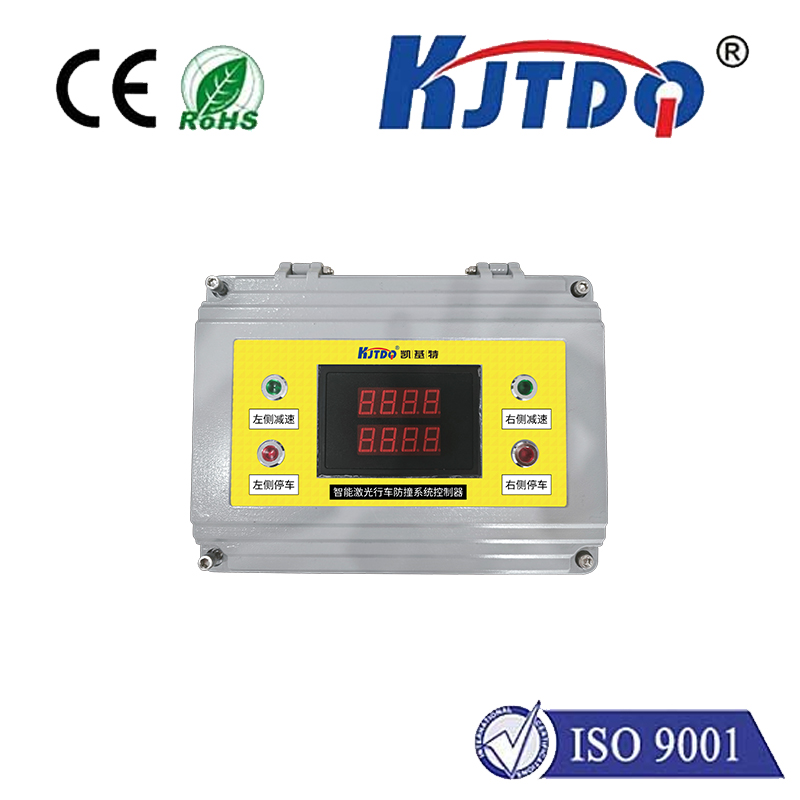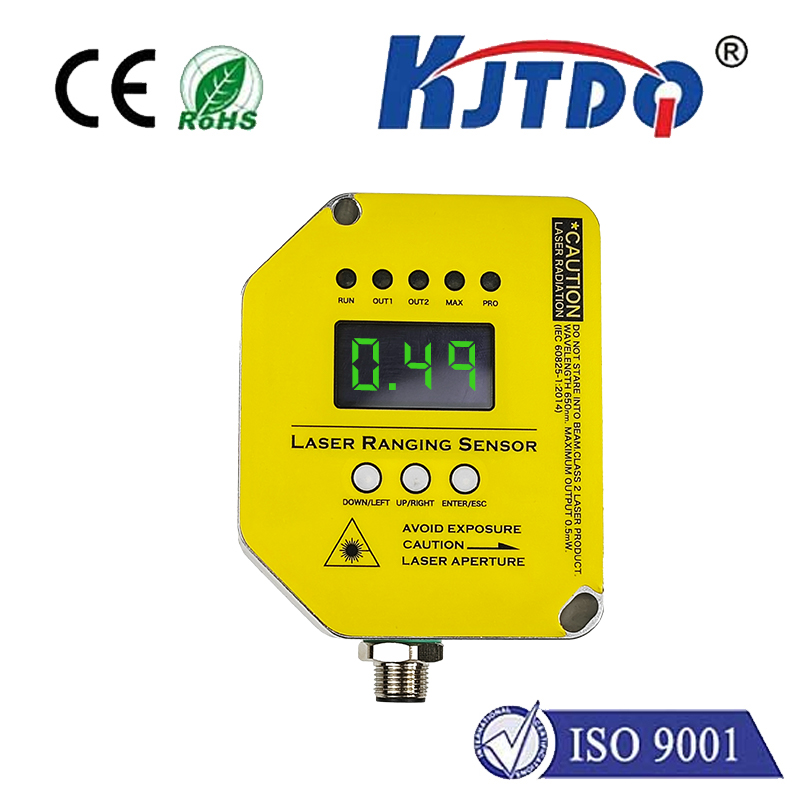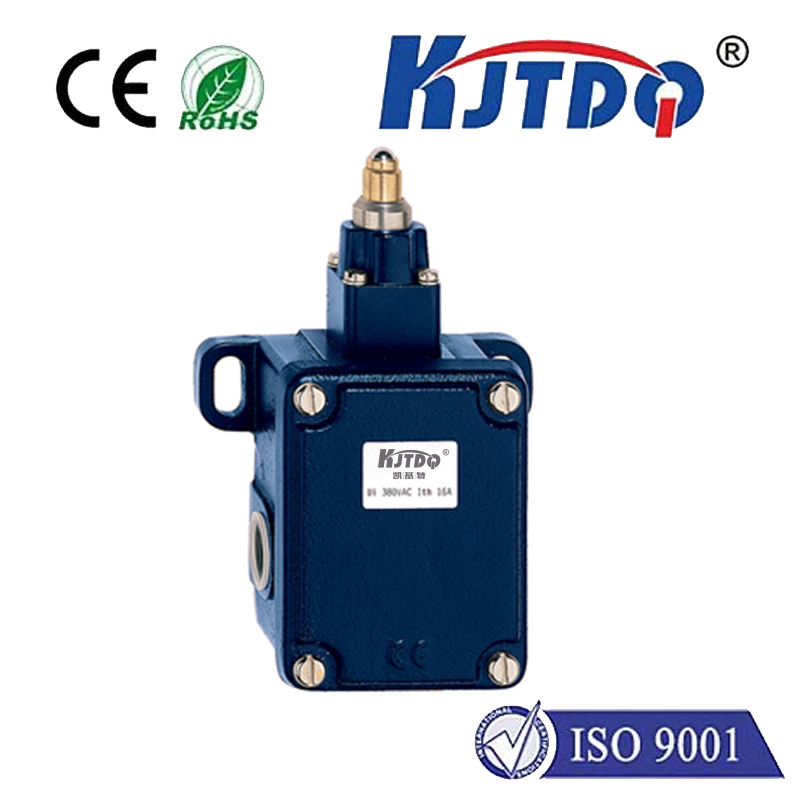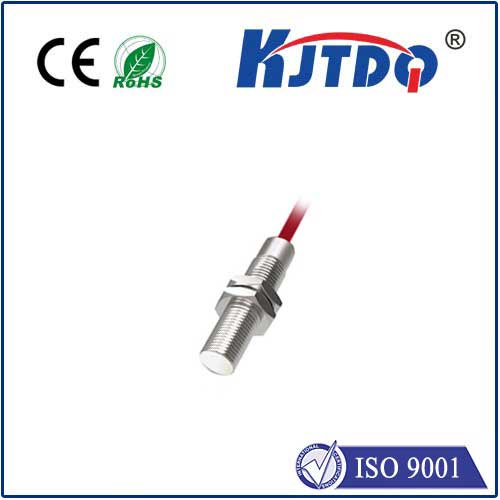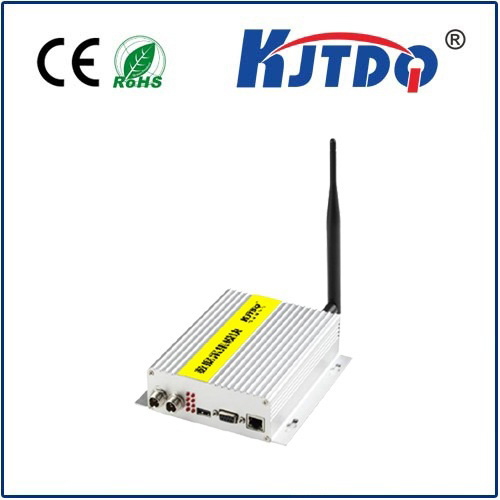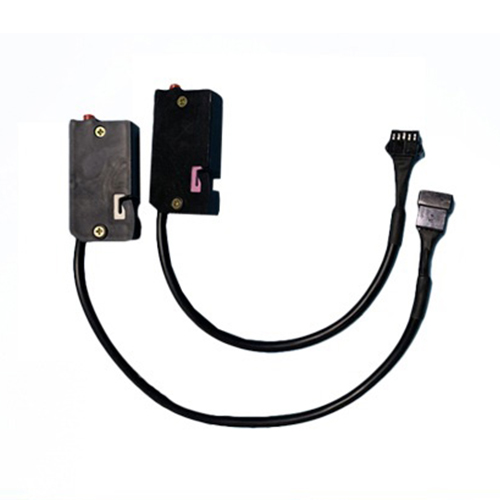

check

check

check

check

check

check

check

check

check

check
Title: The Marvels of Laser Photodiodes: A Revolutionary Technology for Optical Applications
Introduction
In the world of optics, laser photodiodes (LPDs) have emerged as a game-changer. These devices are capable of converting light into electrical signals with unparalleled accuracy and speed, making them essential components in various applications such as telecommunications, data storage, and medical imaging. In this article, we will delve into the working principle of LPDs, their advantages over traditional photodiodes, and the future prospects of this groundbreaking technology.
Body

1. Working Principle of Laser Photodiodes
A laser photodiode works by using a laser to excite a material called a photodiode. When the laser light hits the photodiode, it causes electrons to be freed from their atoms, creating an electric current that flows through the device. This process is known as photoelectric conversion, and it allows LPDs to detect and measure light with exceptional precision.
B. Advantages of Laser Photodiodes over Traditional Photodiodes
Compared to traditional photodiodes, LPDs offer several significant advantages. One of the most notable benefits is their ability to operate in high-speed modes, allowing them to respond quickly to changes in light intensity. Additionally, LPDs can detect light in the near-infrared range, which is not accessible to traditional photodiodes. This extended sensitivity makes LPDs useful in applications where other types of sensors would struggle to function effectively. Finally, LPDs are less prone to noise than traditional photodiodes, making them ideal for use in noisy environments such as industrial settings or medical facilities.
C. Future Prospects for Laser Photodiodes
The potential applications for LPDs are virtually limitless, and researchers are continually exploring new ways to harness their power. One area of particular interest is in the development of highly sensitive cameras that can detect even the faintest traces of light. Another application is in telecommunication systems, where LPDs could be used to create faster and more efficient communication networks. As technology continues to advance, it is likely that LPDs will become even more powerful and versatile, opening up new frontiers in scientific research and engineering innovation.
Conclusion
Laser photodiodes are a remarkable achievement in modern optics, offering unprecedented levels of precision and speed in detecting and measuring light. Their advantages over traditional photodiodes make them valuable components in numerous fields, and their potential for future advancement is truly exciting. As scientists continue to develop new technologies based on LPDs, we can expect to see even more impressive innovations emerging in the years ahead.
